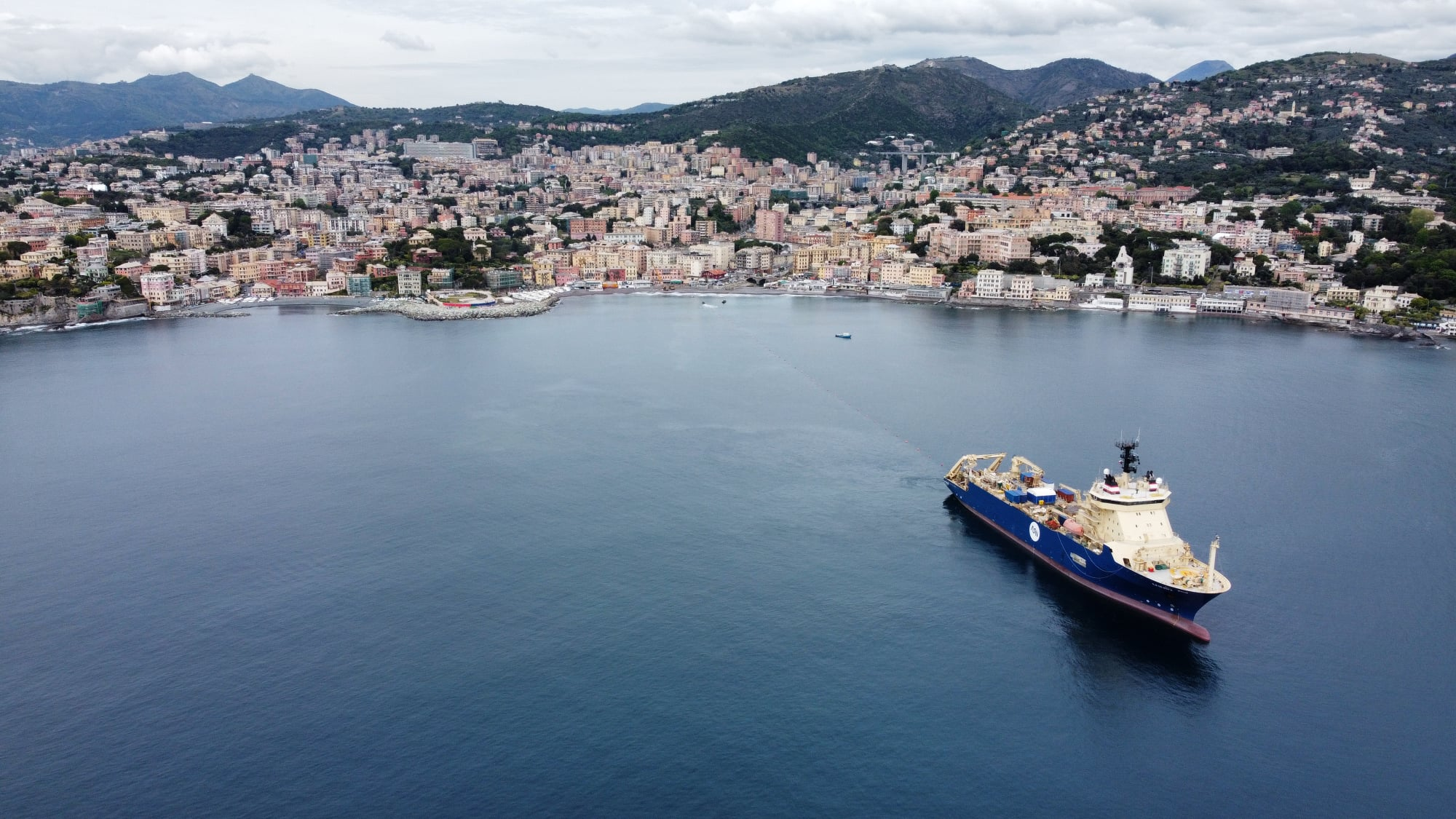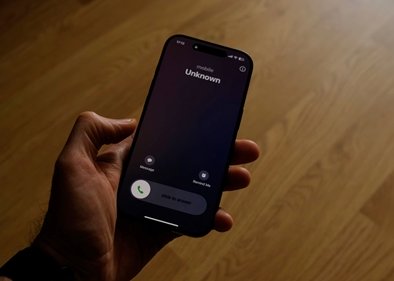From space communications to the metaverse, technology has come a long way since Vodafone made its first phone call in 1985.
Yet, it is actually the Victorians who are responsible for pioneering one of the most under-appreciated means of modern communication – subsea cables – and their infrastructure is still used to support these systems today.
Meet Tower Subway, the forgotten tunnel
Under the River Thames in London, lies Tower Subway, a forgotten feat of Victorian engineering.
The tunnel was opened to the public in August 1870 and used to transport people from one side of the river to the other.
Today, the 406-metre-long tunnel houses fibre-optic cables which instead transport data and information to and from our phone masts in the UK, as well as supporting our business customers.
It may look small with its head-scrapingly low ceiling, but it was an engineering marvel when it was built and now plays an important role in Vodafone’s network.
Tower Subway is just one regional example.
A bedrock of knowledge
Responsible for carrying more than 98% of the world’s data traffic, subsea cables are still an instrumental part of our current communications infrastructure.
Vodafone’s advanced cable systems, developed with hundreds of years of industry knowledge, can carry multiple terabytes per second of data. This is crucial when you think about more people and more devices becoming connected in the future.
As we digitise, demand for capacity grows, meaning these systems will remain and be the backbone of the data centres enabling widespread connectivity and access to the internet.
Riding the wave of innovation
Working with other telecom operators and tech partners, we’re continuing to build these capabilities including the world’s largest subsea cable 2Africa. Once completed, it will circle the whole of Africa and connect countries in the continent to Europe and the Middle East.
This will increase 4G, 5G and fixed broadband access for our customers in Africa, as well as improve the quality and reliability of internet services, helping these countries to modernise, digitise and grow their economies.
Looking ahead, we’re pushing the boundaries of how much data can pass through our fibre-optic cables and how fast. We’re also exploring if there is a way to use these systems to help monitor climate change in our oceans.
For the subsea cable industry, it’s clear there is still untapped potential. And, given the vital connectivity these systems provide, these networks are not only relevant in today’s digital world, but they are critical for the innovation of tomorrow.

























